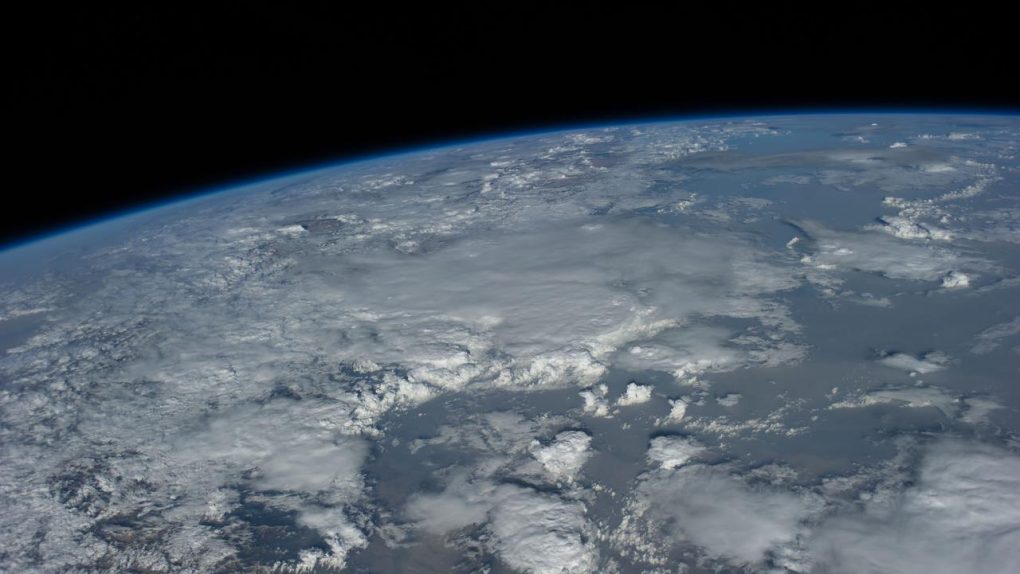- Tuesday is the fall equinox, signifying our entry into fall and the shortening of days.
- The equinox is one of just two days per year where both the northern and southern hemispheres get the same amount of daylight.
- The equinox signifies that we’re roughly halfway to the winter solstice, which is the shortest day of the year in the northern hemisphere.
Unless you’re completely oblivious to changes in the seasons you’ve already noticed that days are getting shorter. It sucks. No, I don’t want to hear about how you like winter and short days. This isn’t about you. This is about me and the Earth, and tomorrow, Tuesday, September 22nd, is the halfway point to the shortest day of the year. It sucks.
Okay so let’s get sciency for a second. Tuesday is the Autumnal Equinox (or Autumn Equinox or Fall Equinox or Chevy Equinox or whatever you want to call it), which is just one of two days of the year when the northern and southern hemispheres get the same amount of daylight. Neat!
This is in contrast to the summer solstice and winter solstice, in which the northern and southern hemisphere get the longest and shortest days of the year, respectively. But why is this? Why can’t we just have the same length of day all year long?
When you think of the Earth orbiting the Sun you probably imaging it sitting “straight up” with the Earth’s poles oriented at a 90-degree angle to the plane of orbit. That’s not actually the case. The Earth’s axis is tilted by about 23 degrees, and this is why some parts of the Earth get more heat from the Sun than others during certain times of the year. It’s the entire reason we have seasons and, as an added bonus, different lengths of days at different times of the year.
During winter in the northern hemisphere, the planet is tilted with its north pole pointing slightly away from the Sun. The opposite is true during the summer, but during the autumn and spring equinoxes, the planet is positioned in a way that allows both the northern and southern hemispheres to receive the same amount of light and heat for just one day.
You won’t notice anything special on Tuesday. It’ll seem like just another day, but it signifies our journey deeper into the colder months of the year (at least in the Northern Hemisphere), and it’s roughly halfway to the darkest day of the year for those of us living there. If it seems like the Summer Solstice — the longest day of the year — only just happened, that’s because it’s 2020 and nothing is happening the way it should.
In any case, enjoy today, because it’s the last day of the year that we’ll have above-average levels of sunshine. Starting tomorrow, it all goes downhill.








